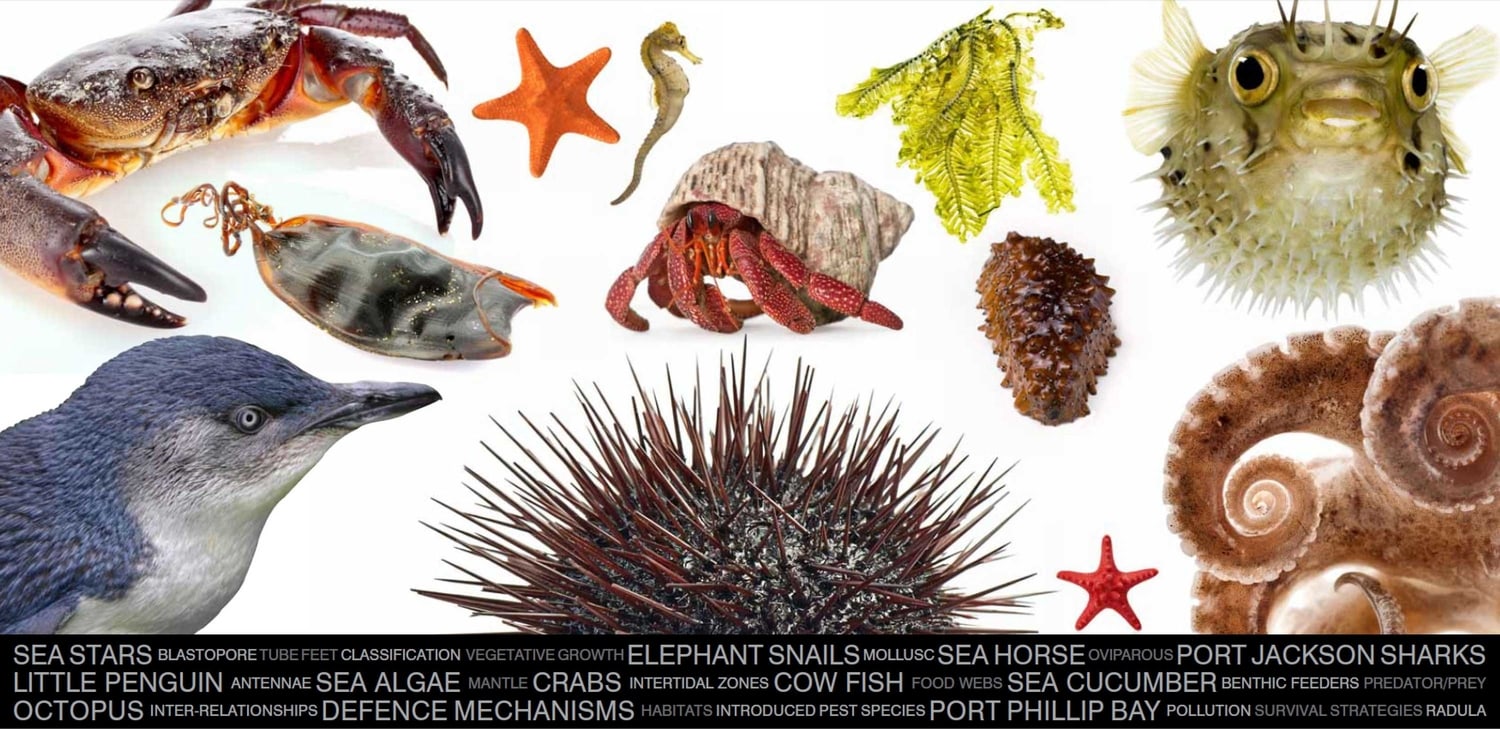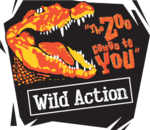
In this one-hour interactive workshop your Students will be introduced to the amazing ecosystems and inhabitants of Port Phillip Bay.
Discover what an Intertidal Zone is, and learn about the various species which live in this biodiverse rich environment.
We’ll also discuss the important role that each and every species plays in this fragile ecosystem, and the impact mankind has on Port Phillip Bay and our Oceans
An absolute maximum of thirty children may participate in this program. We pride ourselves on a quality, engaging experience. Animal welfare is paramount to us. Multiple sessions for more than 30 children can be arranged on the same day if required.
Students will learn about concepts such as:
ECHINODERMS, Sea stars, sea urchins, sea cucumbers FISH sea horse, puffer fish, Port Jackson shark + egg case CRUSTACEANS spider crabs, shore crab MOLLUSCS elephant snail, octopus (seasonal) + more!
